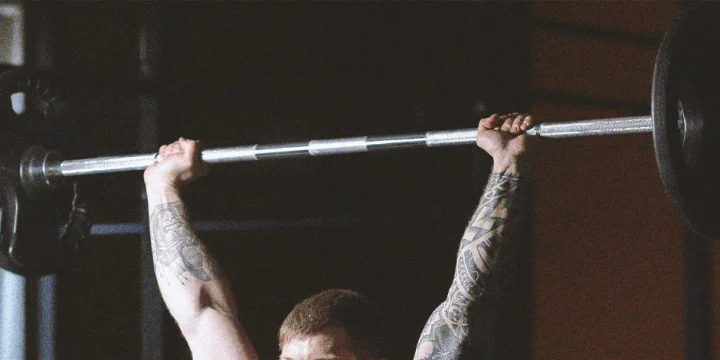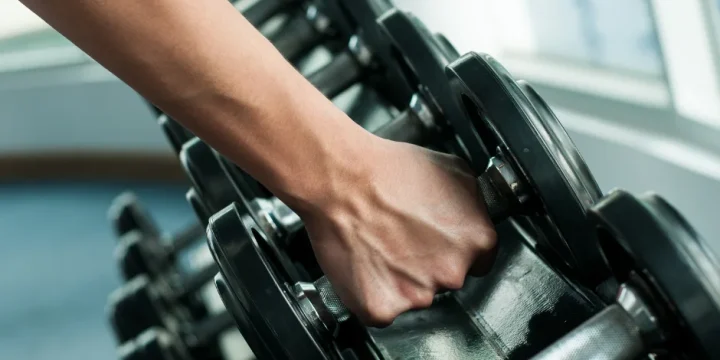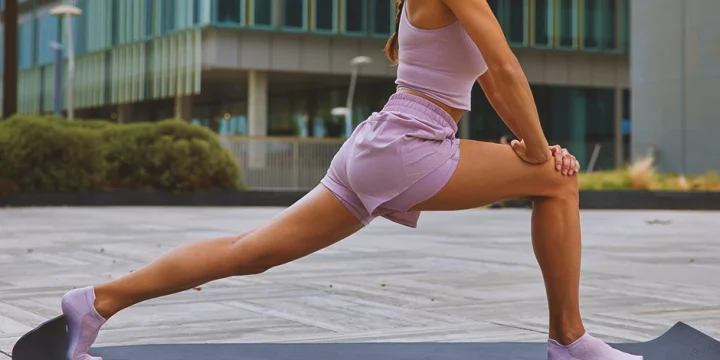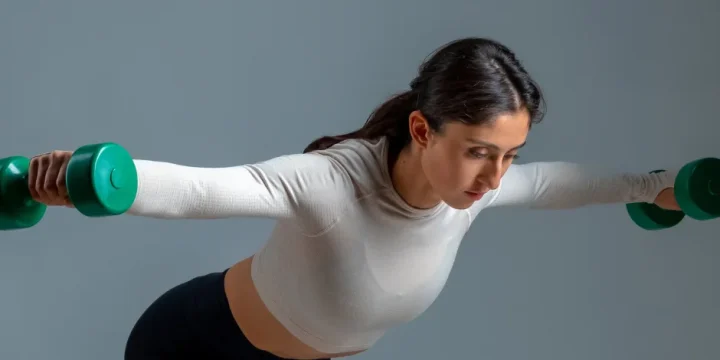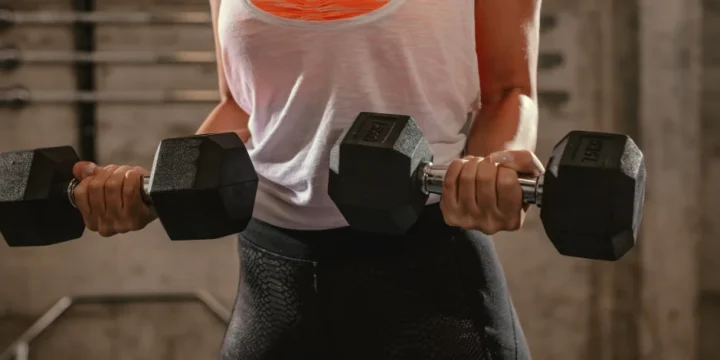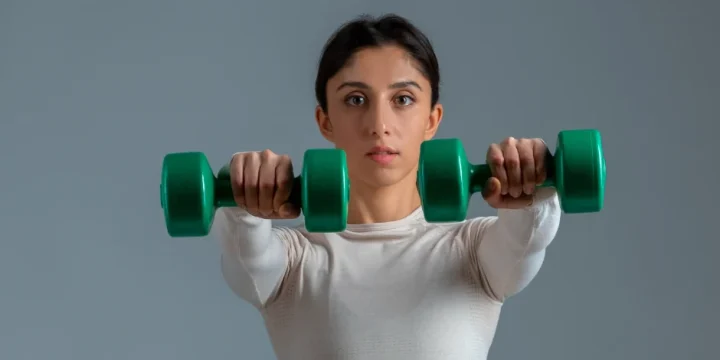As a certified personal trainer and bodybuilding coach, I often see people at the gym do the same biceps curls over and over again.
They never seem to add variation other than weight, and that can be a seriously limiting factor.
The reverse biceps curl is one of the best ways to add variety to your arm training days, and I want to share with you what the best method is.
There are also some great alternatives that can spice up your training even more.
Here are some instructions I give to all my clients.
Quick Summary
- For the reverse biceps curl, you need to set yourself up with a pronated grip where your palms are facing down.
- The reverse curl is a great way to trigger the biceps brachii in a different way, which can lead to improved muscle building.
- According to studies published in Science Daily, the reverse curl is more effective when emphasis is put on performing with proper form rather than adding weight.
- In my opinion, incorporating reverse curls into your routine can significantly improve overall arm muscle balance.
Our Guide To Reverse Bicep Curls With Proper Form

Don’t just assume you can do a reverse biceps curl without first reading our detailed instructions that will ensure you do them with proper form.
According to studies published in Science Daily, the reverse curl, like all strength training exercises, requires proper form when doing it, rather than trying to maximize reps or weight loads [1].
In my training experience, clients focusing on form rather than weight significantly improved muscle engagement.
Here’s how to do reverse biceps curls:
- Stand up straight with a dumbbell in each hand, holding them with a pronated grip, meaning your palms are facing down.
- Start the movement by slowly raising one hand up while feeling your biceps muscles flex.
- Raise the dumbbell all the way up and hold the top position with maximum elbow flexion for two seconds.
- Then, slowly lower the dumbbell back down again.
- You can perform reverse curls either by alternating between both arms or by completing one set per arm.
You should feel this in your upper arm, but also realize that it’s impacting your grip strength differently.
Let’s take a closer look at the muscles.
Related Articles:
What Muscles Do Reverse Curls Work?
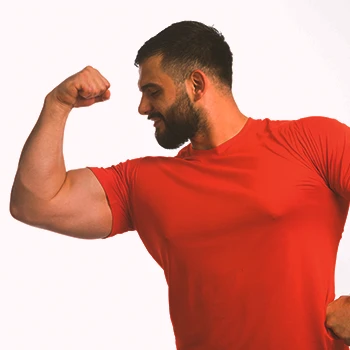
Reverse curls target the biceps brachii and forearm muscles differently than regular curls, as I've observed with clients.
The dumbbell's position, hanging from the hand, intensifies forearm and grip strain, particularly in the anterior muscles, as Teach Me Anatomy reports [2].
he effect on the upper arms is similar, but it's advisable to slow down and use a lighter load initially.
“Improving grip strength is just as important as strengthening big muscle groups like biceps and glutes.”
- Daniel Bubnis, M.S., NASM-CPT
Beyond muscle building, reverse curls are also utilized in rehabilitation settings, particularly for individuals recovering from upper limb injuries, highlighting their versatility in both fitness and therapeutic contexts.
Other Variations

Let me now show you some reverse biceps curl variations that you should switch out on your arm days.
Hammer Curl
I've had clients who initially struggled with wrist discomfort during regular curls, but found hammer curls to be a game-changer, allowing them to continue building arm strength without the pain.
In addition to hammer curls, athletes in sports like baseball and climbing, where forearm strength is crucial, often incorporate reverse curls into their training to enhance grip strength and forearm endurance.
They might also allow you to lift heavier loads as they are less dependent on grip strength.
- Hold a dumbbell in each hand beside your hips, with the palms facing your thighs.
- Maintain this hand and forearm alignment and then pull up the dumbbell like the standard reverse curl.
- Slowly lower it back down again to the starting point.
- You can either alternate or complete a set for each arm.
Related: Hammer Curls vs Bicep Curls: Which Strengthens Arms Better
Cable Reverse Biceps Curl
Another alternative to the dumbbell reverse curl is to use a quality cable machine instead.
This variation, along with others, provides a comparative perspective, helping you understand the unique benefits and challenges of reverse curls in relation to other forearm exercises.
Some people feel more comfortable with this setup as there isn’t the risk of dropping a free weight:
- Set the cable machine up at a low position that ensures you start feeling tension when your hands are at the lowest point.
- Grip the handles with your palms facing down, and then pull one hand up at a time.
- You can also do this with a straight bar attached to target both upper arms with one reverse curl movement.
Preacher Reverse Curl
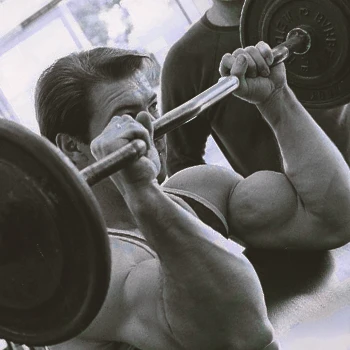
I love using a preacher stand with an EZ curl bar to really activate the brachioradialis muscle with a focused movement.
The great thing about this setup is that it completely eliminates your ability to try and introduce some momentum to your body.
Here’s what you do:
- Set up the preacher station for your height and rest your elbows shoulder-width apart.
- Fully extend your elbows and grip the EZ bar with your palms facing down.
- Start the barbell reverse curl by slowly bringing your hands up until you reach full elbow flexion.
- From here, slowly lower the weight back down to the starting point.
Learn More: How To Do Preacher Curls: Variations For Best Results
Rack Frame Assisted Reverse Curl
If you don’t have a preacher station at your gym, then you can achieve a similar effect of limiting elbow movement by using the wall-mounted frame of a squat rack.
I've guided several clients through this variation, and it's amazing to see how this small adjustment can make a big difference in their form and focus, leading to more effective workouts.
It’s a great way to activate these muscle groups without being tempted to create momentum:
- Grab hold of a dumbbell and get into the standard stance for reverse bicep curls.
- Stand close to the frame of a heavy piece of equipment like a squat rack and make sure your elbow joint touches the frame.
- Start the reverse curl upward movement and feel how it limits the movement in your arm.
- If you’re doing this exercise with a straight barbell, then I would recommend standing with your back against a wall.
FAQs
Should You Do Reverse Curls With a Straight or EZ Curl Bar?
You should ideally do reverse curls with an EZ curl bar. These bars allow you to adjust your grip in different ways to make the workout routine less straining on your wrist joints. It may also make the reverse curl easier if you lack strength in your grip.
Are Reverse Curls Better?
Yes, reverse curls can be better than the standard bicep curl. They are definitely a good way to introduce variation into your routine and ensure that you challenge your muscles in completely new ways.
References:
- https://www.sciencedaily.com/releases/2014/05/140530154109.htm
- https://teachmeanatomy.info/upper-limb/muscles/anterior-forearm/
About The Author
You May Also Like
